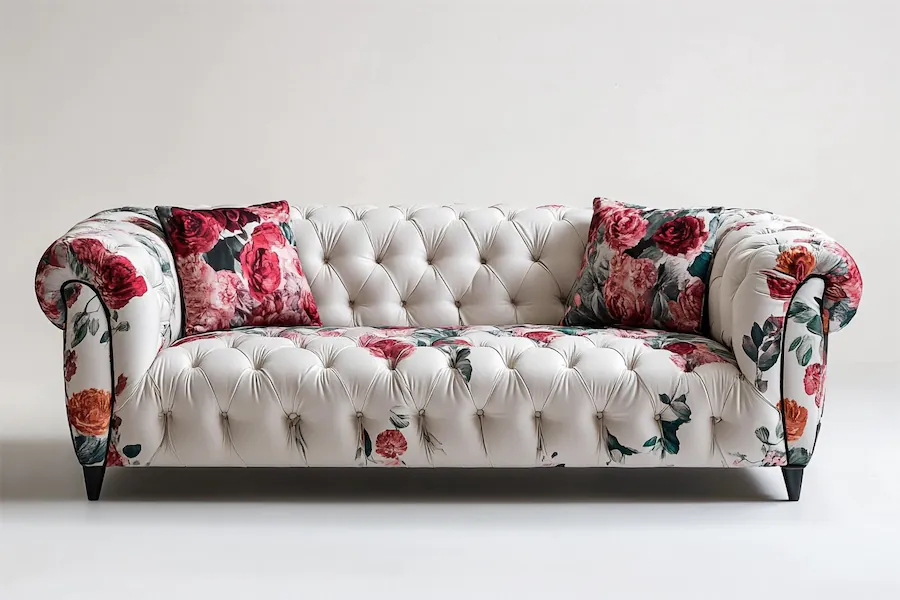Fabric sofas have long been a cornerstone of interior design, offering a blend of comfort, style, and versatility. This article delves into their history, key features, applications, considerations for selection, and concludes with their enduring appeal.
History and Origins of Fabric Sofas
The concept of upholstered seating dates back to ancient civilizations. In Egypt, royalty enjoyed daybeds adorned with cushions and draped fabrics. The Romans furthered this luxury with elaborately cushioned couches for their elite. However, the fall of Rome led to a decline in upholstered furniture, which saw a resurgence during the Renaissance in 16th-century Europe. Advancements in living conditions allowed for more elaborate and comfortable furniture designs, marking the true renaissance of the sofa.
Key Features of Fabric Sofas
- Upholstery Materials: Fabric sofas are upholstered with a variety of materials, each offering unique aesthetics and comfort levels. Common fabrics include cotton, linen, wool, velvet, and synthetic blends, each chosen for their texture, durability, and appearance.
- Frame Construction: The durability of a fabric sofa largely depends on its frame, typically constructed from hardwoods like maple or oak, or metals such as steel, ensuring structural integrity.
- Cushioning: Comfort is provided by various cushioning materials, including foam, down, or synthetic fibers, each affecting the sofa’s firmness and support.
Applications of Fabric Sofas
Fabric sofas are versatile and suitable for various settings:
- Residential Spaces: They serve as central pieces in living rooms, family rooms, and lounges, offering comfort and style.
- Commercial Environments: Fabric sofas are common in office waiting areas, hotel lobbies, and other public spaces, providing a welcoming atmosphere.
- Outdoor Settings: With advancements in fabric technology, certain fabric sofas are now designed for outdoor use, utilizing weather-resistant materials to withstand the elements.
Considerations When Choosing a Fabric Sofa
When selecting a fabric sofa, consider the following factors:
- Durability: Assess the fabric’s ability to withstand wear and tear, especially in high-traffic areas or households with children and pets.
- Maintenance: Some fabrics are more stain-resistant or easier to clean than others, an important consideration for maintaining the sofa’s appearance.
- Comfort: The choice of fabric and cushioning affects the sofa’s comfort level, so it’s essential to select materials that meet personal comfort preferences.
- Aesthetics: The fabric’s color, texture, and pattern should complement the existing interior décor and personal style.
Conclusion
Fabric sofas have evolved from simple upholstered seats to diverse and sophisticated pieces of furniture, integral to both historical and contemporary interiors. Their adaptability in design, comfort, and functionality ensures their continued prominence in homes and public spaces alike.
